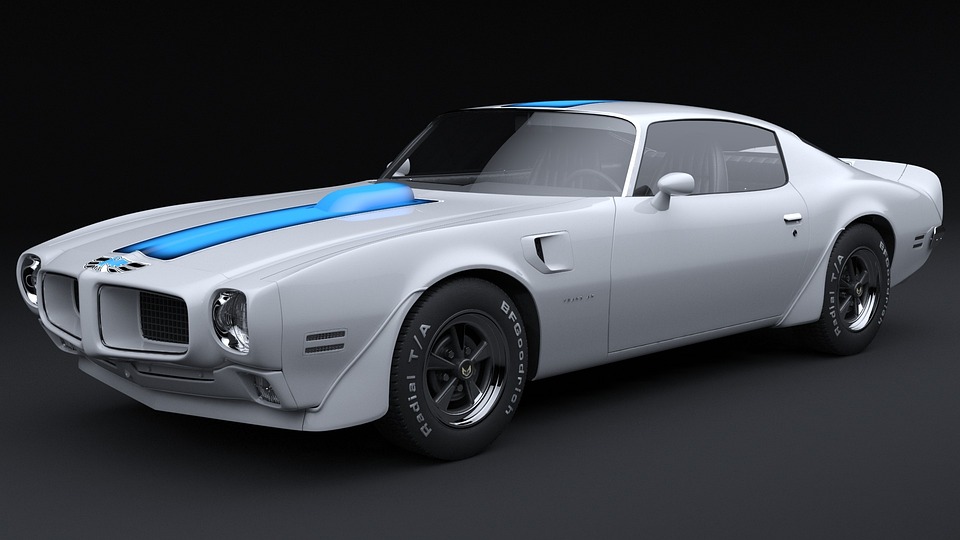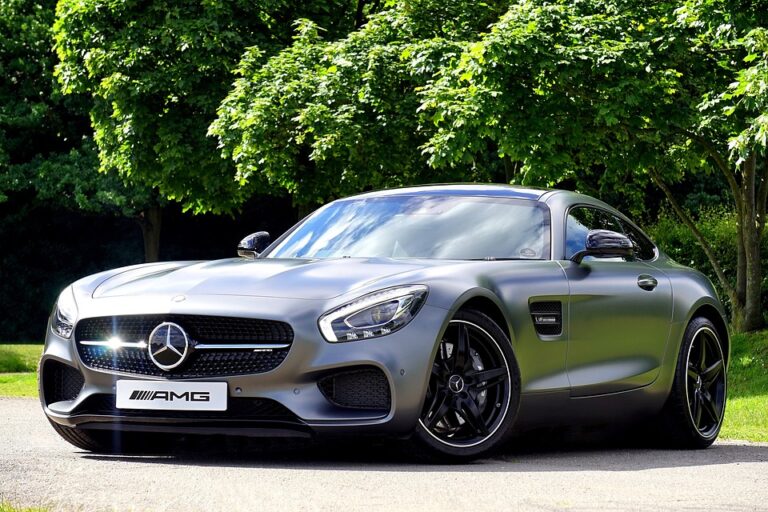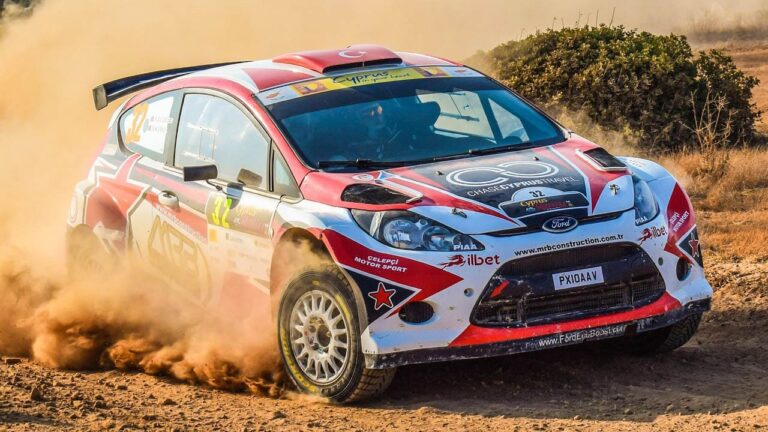American Muscle Cars Renaissance: Revving Up the Legacy

The rumble of a V8 engine, the sleek lines of a classic coupe, and the unbridled power under the hood—these are the hallmarks of American muscle cars. Once thought to be relics of a bygone era, muscle cars are experiencing a renaissance that has enthusiasts and collectors alike revved up.
Join us as we explore the revival of these iconic vehicles and what it means for the automotive world.
The Golden Age of Muscle Cars
To understand the current revival, we must journey back to the golden age of muscle cars, which spanned the 1960s and early 1970s. This era was defined by an automotive arms race among American manufacturers, each vying to create the most powerful and stylish car on the road.
The Ford Mustang, Chevrolet Camaro, and Dodge Challenger became household names, appealing to a generation that craved speed and freedom. With their affordable prices and high performance, these cars democratized power, allowing the average American to experience the thrill of the racetrack on city streets.
The Fall and Rise
However, the muscle car’s dominance was not to last. The 1973 oil crisis, coupled with increasing environmental concerns and stricter emissions regulations, forced manufacturers to pivot towards more fuel-efficient and environmentally friendly vehicles. The era of the muscle car seemed to be over.
Yet, like a phoenix rising from the ashes, muscle cars began their resurgence in the early 2000s. This revival was spurred by advances in technology that allowed manufacturers to create powerful yet efficient engines, as well as a renewed interest in retro styling.
The Modern Muscle Car
Today’s muscle cars are a blend of classic aesthetics and cutting-edge technology. They retain the aggressive stance and powerful engines of their predecessors but are equipped with modern amenities and safety features that make them suitable for everyday driving.
Performance Meets Efficiency
One of the most significant changes in modern muscle cars is the balance between performance and efficiency. Manufacturers have embraced turbocharging, direct fuel injection, and advanced aerodynamics to extract maximum power from smaller engines.
The result is a vehicle that can deliver exhilarating performance without guzzling gas.
For example, the latest Chevrolet Camaro offers an optional turbocharged four-cylinder engine that provides an impressive combination of power and fuel efficiency. Meanwhile, the Ford Mustang has embraced EcoBoost technology, offering a turbocharged inline-four engine that delivers both power and efficiency.
Technology and Innovation
Today’s muscle cars are also technological marvels. They feature advanced driver-assistance systems, connectivity options, and performance-enhancing technologies that were unimaginable during the golden age.
Adaptive cruise control, lane-keeping assist, and performance data recorders are just a few examples of how modern technology has transformed the driving experience.
Furthermore, manufacturers are using lightweight materials such as aluminum and carbon fiber to improve handling and performance without sacrificing safety or comfort. This focus on innovation ensures that muscle cars remain relevant in a rapidly evolving automotive landscape.
The Cultural Impact
The renaissance of muscle cars is not just a story of technological advancement; it’s also a cultural phenomenon. These vehicles have become symbols of American ingenuity and resilience, capturing the imaginations of car enthusiasts around the world.
The Collector’s Market
As interest in classic muscle cars has surged, so too has their value in the collector’s market. Restored models from the golden age are fetching record prices at auctions, with collectors willing to pay top dollar for pristine examples of these automotive icons.
This growing market has also led to a rise in restomod projects, where classic cars are restored and modernized with contemporary components. These vehicles offer the best of both worlds, combining vintage aesthetics with modern reliability and performance.
Influence on Pop Culture
Muscle cars have always held a special place in popular culture, appearing in countless movies, TV shows, and music videos. The revival of these vehicles has only strengthened their cultural significance, inspiring a new generation of enthusiasts and artists.
Films like the “Fast and Furious” franchise have brought muscle cars back into the spotlight, showcasing their raw power and stirring nostalgia among fans. Similarly, muscle cars have become a staple at car shows and events, drawing crowds eager to admire their timeless design and engineering.
The Future of Muscle Cars
As we look to the future, the question remains: what is next for muscle cars? With the automotive industry shifting towards electrification, the muscle car is poised to undergo another transformation.
Electric Muscle Cars
Manufacturers are already exploring the potential of electric muscle cars, combining instant torque and zero emissions with the classic muscle car ethos. The Dodge Charger Daytona SRT Concept, for example, hints at an electric future for the storied brand, promising to deliver the same thrilling performance that has defined muscle cars for decades.
While some purists may balk at the idea of an electric muscle car, others see it as an opportunity to redefine what it means to be a muscle car in the 21st century. With advancements in battery technology and electric powertrains, the future of muscle cars is bright, offering the potential for even greater performance and sustainability.
A Legacy Reborn
The renaissance of American muscle cars is a testament to their enduring appeal and adaptability. These vehicles have evolved to meet the demands of a changing world, all while staying true to their roots as symbols of power, freedom, and rebellion.
As we continue to celebrate the legacy of muscle cars, we can be confident that they will remain a vital part of the automotive landscape for years to come. Whether powered by gasoline or electricity, the roar of a muscle car engine will always be music to our ears, reminding us of the unbreakable bond between man and machine.
Conclusion
The revival of American muscle cars is more than just a nostalgic nod to the past; it’s a celebration of innovation, culture, and the enduring spirit of the open road.
As these iconic vehicles continue to evolve, they will undoubtedly inspire future generations to push the boundaries of what’s possible, ensuring that the legacy of the muscle car lives on.






